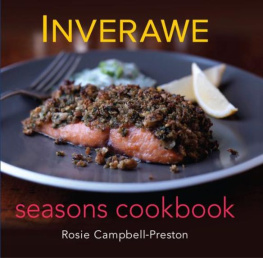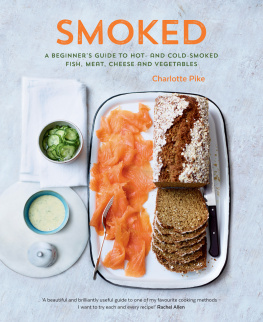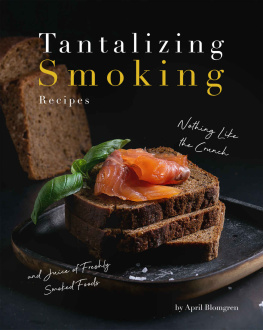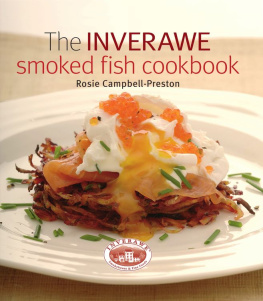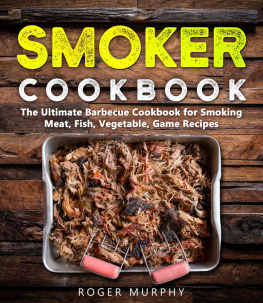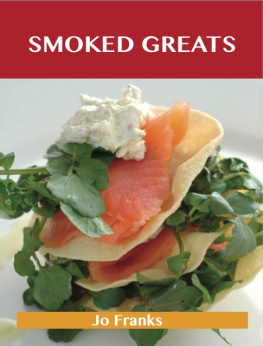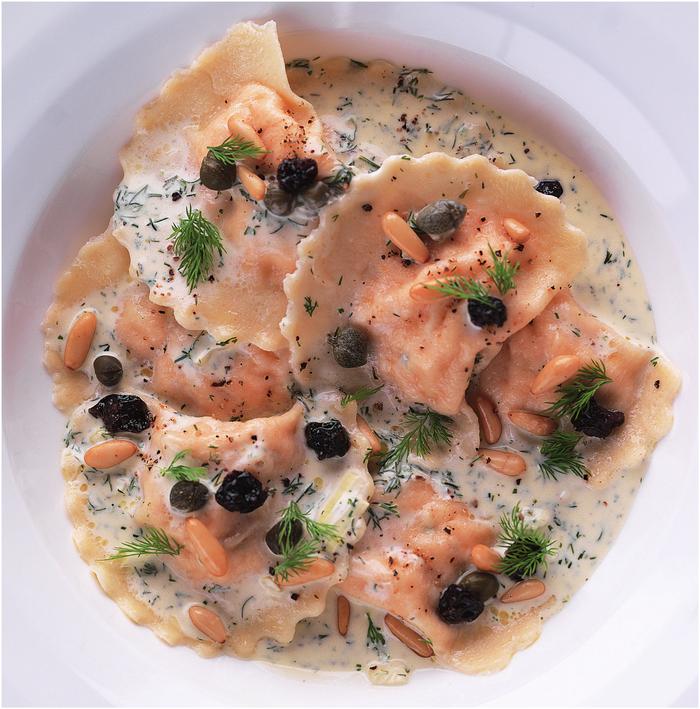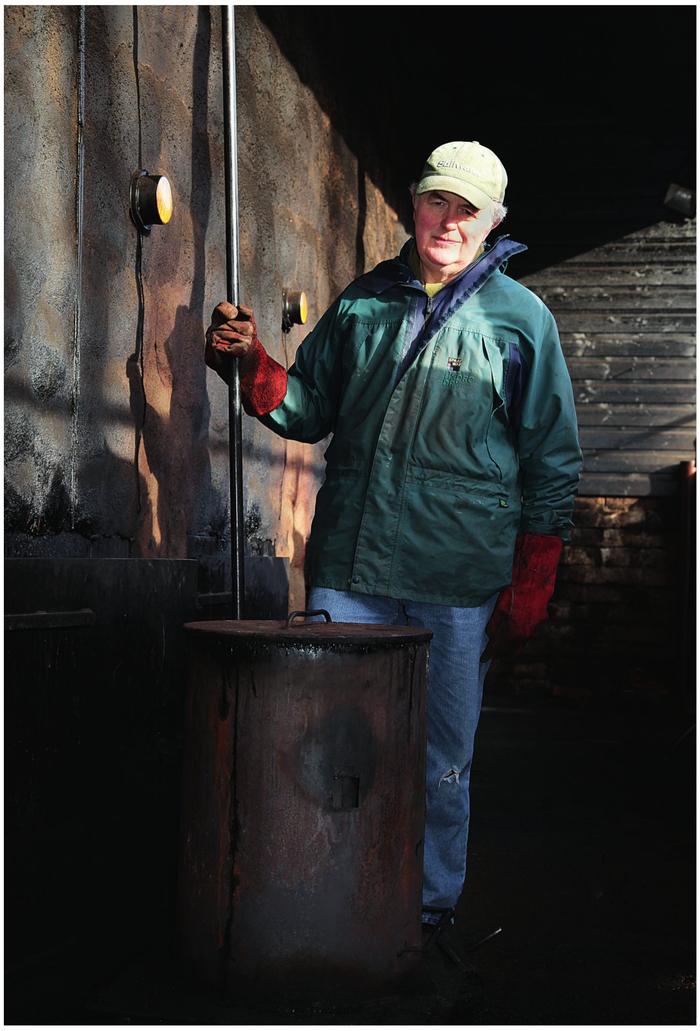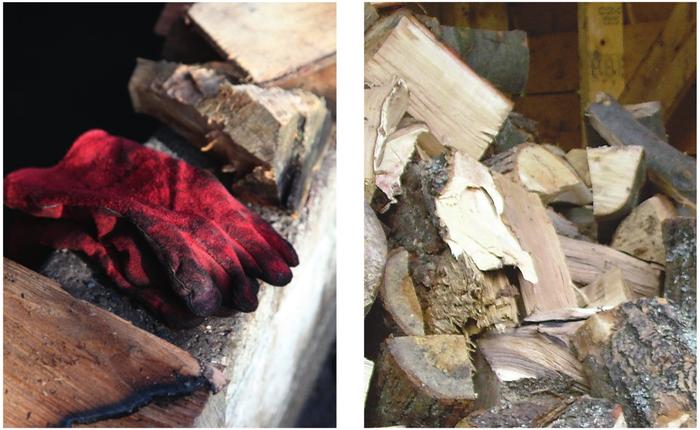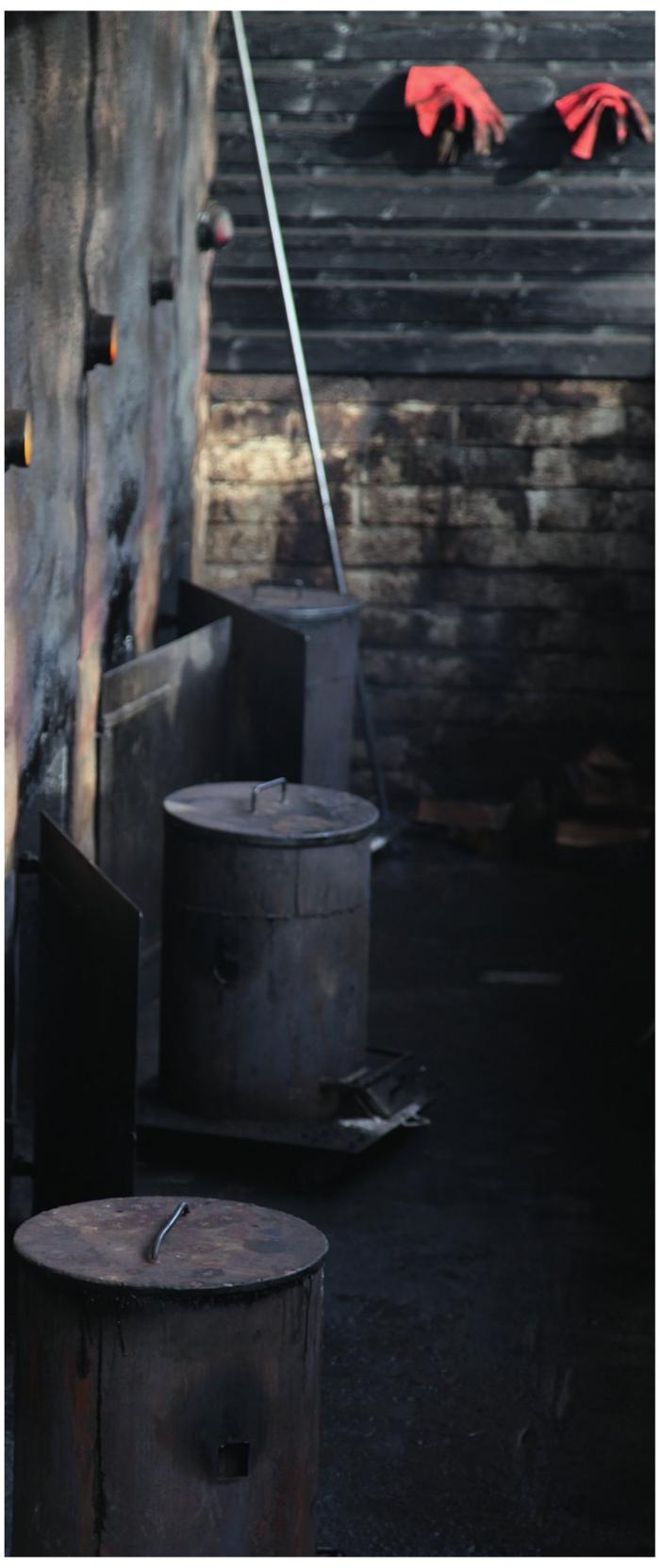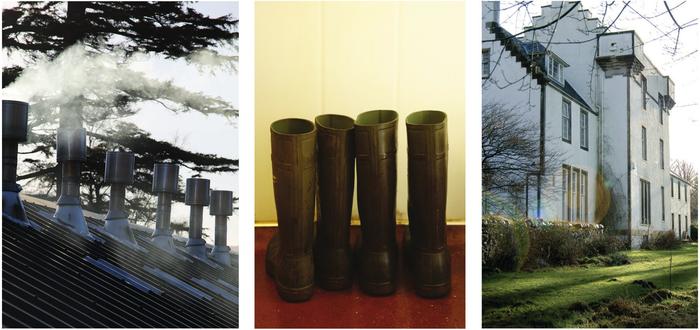contents
I would like to thank Maxine Clark for all her help with the recipes and her inspirational food styling. A big thank you, too, to Alan Donaldson for his food photography, and to John Gore, Lucy Burke and Joe Maclay for their photographs . I have also much appreciated the hard work, patience and attention to detail of my editor, Kirsty Ennever. Last but not least, heartfelt thanks to Robert, for once again being the most discerning recipe taster.
Inverawe seasons cookbook is another exciting collection of my favourite recipes. I have always enjoyed the contrasts of the four different seasons and the merry-go-round of flavours they inspire. I have tried to create dishes which reflect how I feel about food, as the colours change outside the window and the light eating of the warmer months gives way to a natural craving for heartier, more nourishing foods.
I adore the spring. Its the early wakening call when everything comes out of hibernation and bursts into life. Flavours are fresh, new and light after the solid, rich foods of the colder months. The Smoked Trout and Trout Caviar Mousse, smooth but peppered with the wonderful popping sensation of the trout eggs, is just made for Easter.
Summer evokes family picnics, alfresco dining, excursions and holidays for me. Paella, salads, roulades and pies are delicious and handy for outside eating.
By the time autumn arrives, it is a chance to move indoors again and catch up with friends. A time for simple entertaining, with quick easy dishes, like Smoked Sea Bass Korma with almonds and cashews or Smoked Venison and Red Wine Risotto.
Winter arrives bringing the first flurries of snow, cold frosty mornings and open log fires. The soup pot is back on the Aga and I need warm, sustaining, easy food such as Roast Smoked Salmon Cobbler or Celeriac and Smoked Haddock Gratin.
These recipes are simple, honest and easy to make. Just start with the best of ingredients , treat them with respect and you cant fail. My only tip, which I was told a long time ago, is to read through the recipe at least twice before you start its amazing what you can miss the first time! I hope you enjoy this second collection of recipes and that you have fun trying something new.
Happy cooking and enjoy!
The great adventure started all those years ago when I married Robert and found myself heading north to Argyll to be the wife of a fish farmer! It was quite a culture shock compared to my sheltered life in Windsor, but I instantly loved the wild remoteness of Scotlands West Coast.
We started the smokehouse as the result of a catastrophe. At the end of 1977 there was a terrible gale and we could only stand and watch as the waves destroyed our fish farm. It happened during Christmas week, so by the New Year it was plain that we had to think of something else. That was when Robert decided to have a business on land and with his past experience decided to start a smokery. From then on it took sheer determination and hard work to rebuild the fish farm and start the smokery. I still remember the excitement when Robert appeared in the kitchen with the first side of smoked Loch Etive trout it was fantastic.
Little did I know that this was to be the beginning of my own business life. Until then, I had been bringing up our four lovely children, running the house and helping on the fish farm gutting the odd ton of fish! With Robert proving to be a complete natural at smoking fish, I found myself in charge of the mail-order business. It was fun right from the start and I loved creating new and exciting recipes and serving suggestions for the catalogues.
It has been an amazing journey for us. We have worked hard, learned an awful lot and had plenty of fun. With the next generation now preparing to take a leading role and as long as people want properly smoked fish Inverawe is here to stay.
Smoking is a truly artisan way of preserving foods. It is a natural process, using sustainable raw materials. There are faster, mass production methods but at Inverawe we have held on to the more skilful, natural way of smoking fish. The most important ingredient in the smoking process is time. Time for the fish to take up the salt; time for the fish to take up the smoke in the smokeboxes; time for the fish to cool before being packed. It is this time-giving process that naturally preserves the fish.
There are two methods of smoking: cold-smoking produces your traditional smoked salmon while hot-smoking cooks the fish to produce a delicate flavour but a more meaty texture.
In cold smoking the fish is gently smoked over oak-log fires. The continual drift of warm, sweet-smelling smoke, allows the fish to take up the natural preservatives and flavours of the oak smoke in its own unhurried time. The temperature never goes above 28C (82F) so this can take up to two or three days, depending on the size of the fish. The salmon is ready when the oil is just beginning to rise to the surface and the skin is easy to peel from the flesh.
Hot smoking is the complete opposite. The fish is smoked over a low heat which gradually increases, until the fire-box lid is removed, to finally hot-smoke and cook the fish. This produces a fully cooked and smoked product. It is worth noting that hot smoke, roast smoke and flaky are all the same products.
Before going into the smoke the fish is cured or salted. This is as much for taste as it is for naturally preserving the fish. The salt intensifies the flavour of the fish by drawing out the excess water. This process firms up the flesh and concentrates all the good natural oils. Curing times vary with different fish and their oil content.
Being real traditionalists, we still use brick kilns and oak-log fires. We try to emulate the process of the original smoking kilns as closely as we can. We are totally dependent on the weather. The perfect smoking weather is a good south-westerly wind, the worst a cold, damp, still day, which is very rare in this part of the world. Each kiln has its own Inverawe fire box. This is our own design an oak-log fire on wheels. It is very simple, controlled manually by an adjustable flap at the base, and once the fire is going with a good heart, it will smoulder gently for hours. At peak times the fires are kept going 24/7, being stoked by hand every five hours.

